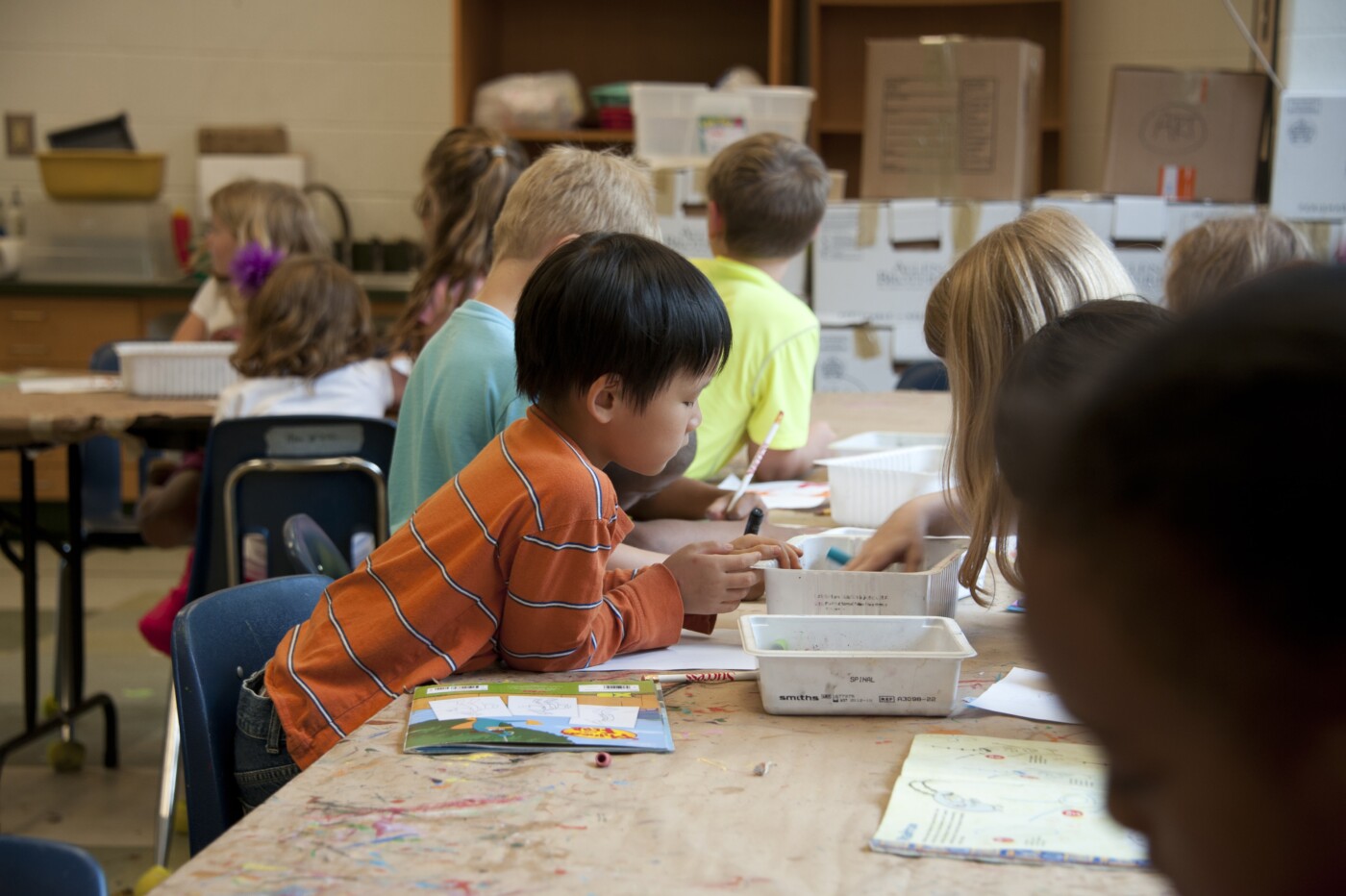Diverse classrooms improve the grades of all students in STEM courses, according to a new national analysis.
“It’s really notable that improving racial and socioeconomic representation leads to benefits for everyone and reduces inequities at the same time,” said study coauthor Nicholas Bowman, a professor of educational policy and leadership studies at the University of Iowa. “It is not a zero-sum game.”
The findings were published in AERA Open, a peer-reviewed journal of the American Educational Research Association.
Researchers note that though underrepresented racial and ethic groups aspire to and enroll in STEM majors at the same rate as white non-Hispanic students, there are glaring gaps between those groups in the rate of STEM degree completion. For instance, 58% of white non-Hispanic students who declare a STEM major actually finish their degree — compared to 43% of Latino students and 34% of Black students. A similar pattern holds true for socioeconomically disadvantaged students.
Researchers took a look at how increasing representation improved the grades of students in STEM courses. The gap narrowed 27% among students in underrepresented racial and ethnic groups when their representation grew. The gap narrowed even more dramatically at 56% among socioeconomically disadvantaged students, when their representation increased in STEM classes.
Researchers said one of the most notable findings was that grades improved across the board in more diverse classrooms. They believe these findings have important implications in the wake of the U.S. Supreme Court’s recent ban on explicitly considering race and ethnicity in the admissions process.
“It is critical that colleges and universities redouble their efforts to create learning environments that have substantial diversity,” said Bowman. “This is especially true in the STEM fields, where there are long-existing equity gaps.”
The analyses relied on data collected by the College Transition Collaborative. It examined 87,027 grades by 11,868 STEM-interested students within 8,468 STEM courses at 20 unnamed U.S. colleges and universities from fall 2015 to summer 2017.
